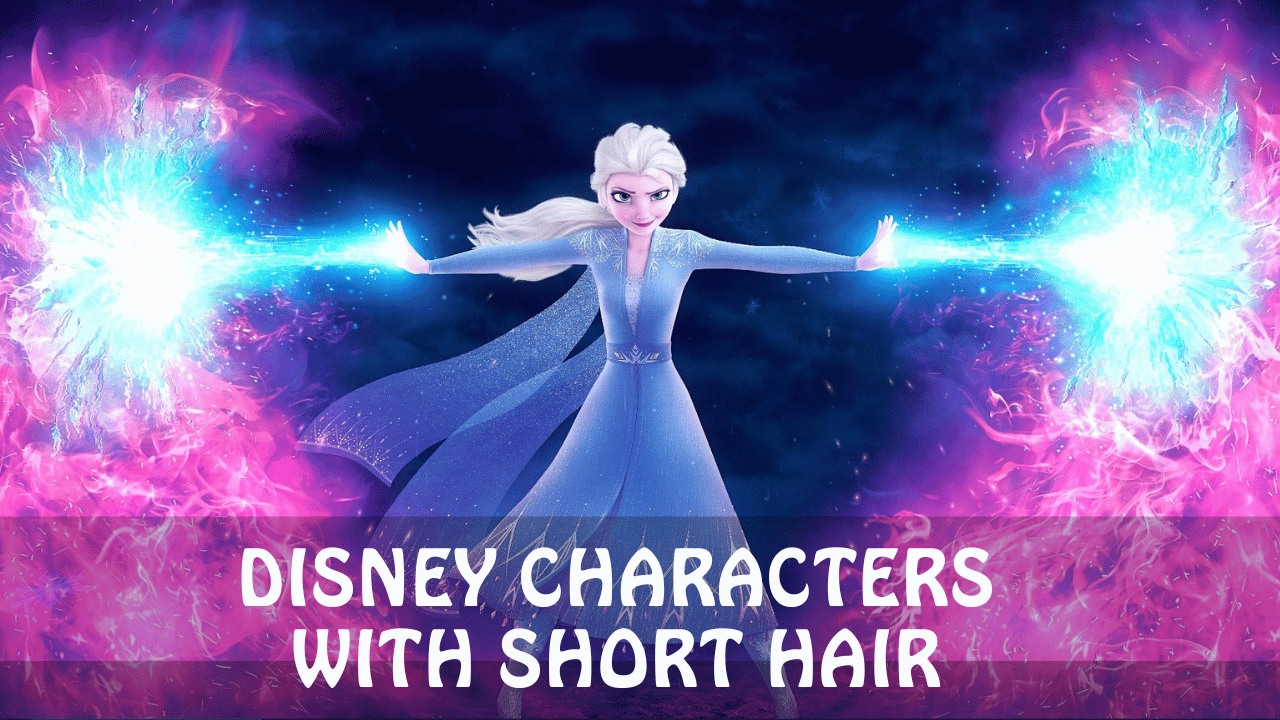Disney Characters with Short Hair
Fresh Takes on Disney Princesses with Snappy Do’s
A digital maestro recently had a blast reimagining Disney royalty with edgy short haircuts, proving they still pack a punch of magic and, well, let’s just say, they’re as fierce as ever. Picture these beloved princesses showing off everything from stylish bobs to daring pixies, and it’s a whole new world of beauty and sass for our favorite heroines.
Lineup of Disney Princesses Sporting Short Hairstyles

Some Disney princesses have always flaunted their short tresses, each one bringing their own flair and unmistakable charm to the silver screen. Here’s a roster of these unforgettable characters rockin’ shorter haircuts:
| Disney Character | Movie | Hair Vibe |
|---|---|---|
| Snow White | Snow White and the Seven Dwarfs | Classic short black hair, pale skin, red pout |
| Ariel | The Little Mermaid | Fiery red short hair (at times) |
| Rapunzel | Tangled | Crop after the snip – short and sassy brown locks |
| Cinderella | Cinderella | Starts with shoulder-length strawberry blond, turns classic blond |
| Tiana | The Princess and the Frog | Shoulder-length ‘do, unless she’s bun-ing it up |
| Mulan | Mulan | Strong shoulder-length black strands |
| Jane Porter | Tarzan | Cute short brown hair |
| Anna | Frozen | Sporty shoulder-length auburn tresses |
| Elsa | Frozen 2 | Chic shoulder-length platinum blond look |
| Ariel (Human Look) | The Little Mermaid | Wavy red hair, when she walks among us humans |
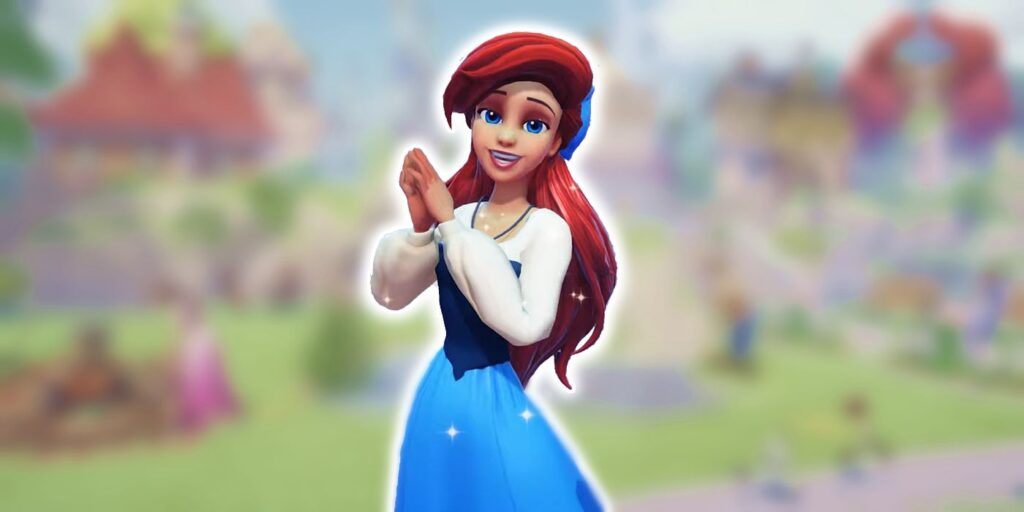
Shoutouts to Tumblr
Snow White shattered the glass slipper with her iconic short black hair, light skin, and the infamous red pout—the O.G. Disney princess look. And remember Rapunzel? Her magical mane gets the ultimate chop, leaving her with a chic, short brown style. Cinderella’s introduction with shoulder-length strawberry blond hair becomes an epic tale of sophistication in the Disney world.
Want more Disney hair goals? Peek at our collections of disney characters with black hair, disney characters with brown hair, and even disney characters with glasses.
Cultural Significance of Short Hair in Disney Characters
Short hair in Disney characters isn’t just a hairstyle choice—it’s got cultural depth. Let’s peek into what makes the tresses of Disney characters so meaningful, particularly from South American Native perspectives.
South American Natives’ Perspective on Hair
For South American Natives, like the Incan, Mayan, and Aztec folks, hair was a big deal. Snipping it short was generally punishment or a symbol of a lower social standing. This goes to show how much long hair was equated with respect and status in their worlds.
Understanding these traditions gives us a clue about how hair is depicted in media, including those magical Disney movies. When Disney creates a character, they don’t just pick hair styles out of a hat; they consider the rich cultural stories behind them. That’s why when you see a Disney lad or lass with a cropped ‘do, there’s usually more to it than meets the eye.
Integration of Short Hair in Disney Character Design
When Disney characters get a haircut, there’s usually a reason. A hero or heroine with short hair can be a symbol of strength, rebellion, or fresh new perspectives. Think of Pocahontas—she’s got all kinds of vibes like strength, bravery, and charm going on. Dressing Your Truth points her out as totally rocking a Type 4/2 personality. Her shorter hair is like a megaphone shouting out her powerful traits.
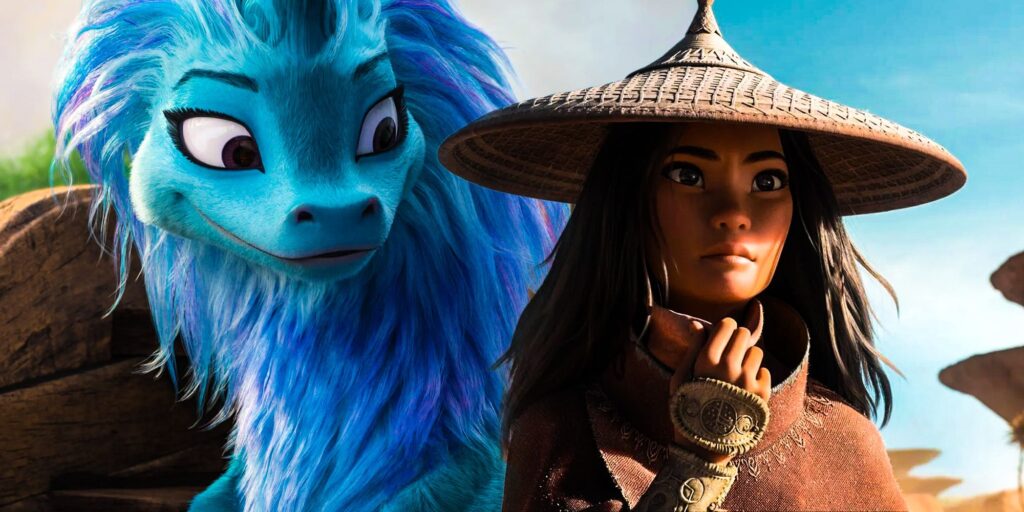
Disney knows we crave seeing the vast patchwork of humanity on screen; they’ve been adding more short-haired characters lately to reflect where society’s heading. You see it in films like “Encanto,” “Turning Red,” and “Raya and the Last Dragon.” Yet critics, like those at Pacific Ties, have noted that Disney still has some ground to cover in truly capturing the nuances of all those unique minority groups out there. So, it’s an ongoing project for the Mouse House to get it right and make sure every group feels seen and heard.
For more Disney character styles and what they signify, check out these fun reads on Disney characters with beards, Disney characters with brown hair, or the ones with bouncy locks in Disney characters with curly hair.
By weaving in authentic cultural vibes and the stories behind their characters’ looks, Disney keeps pushing boundaries. They’re crafting icons that speak to all of us, while nodding to our diverse world.
Personality Traits and Short Hair
Disney characters with short hair bring their own flair and personality to the screen, often showing spunky traits that audiences love. These characteristics can be grouped into “energy types” to paint a clearer picture of what each character stands for.
Energy Types of Disney Princesses
Each Disney Princess has a unique vibe, reflected in their own set of personality traits. Let’s break it down:
| Princess | Energy Type | Characteristics |
|---|---|---|
| Rapunzel | Type 1/2 | Bubbly, fresh, playful, charming |
| Cinderella | Type 2/1 | Warm, gentle, serene, diligent |
| Merida | Type 3/4 | Bold, fiery, headstrong |
| Elsa | Type 4/2 | Orderly, thoughtful, commanding |
| Pocahontas | Type 4/2 | Brave, resilient, graceful |
These energy types help illustrate how a character’s hairstyle can tie into who they are and how they connect with the audience.
Characterizing Disney Princesses by Hair Length
Princesses with short bobs often show independence and daring spirit. Here’s a peek at their personalities, compared with those who flaunt longer manes:
| Character | Hair Length | Traits |
|---|---|---|
| Cinderella | Short | Diligent, modest |
| Rapunzel | Short | Lively, youthful |
| Merida | Long | Brave, rebellious |
| Elsa | Long | Composed, majestic |
For instance, when Rapunzel ditches her flowing hair, it marks her stepping into freedom and a curious spirit. Cinderella, another short-haired figure, stands for staying humble and strong, no matter the odds.

These portrayals suggest that short-haired princesses are often seen as more daring and resilient, shying away from needing any knight in shining armor to fix their problems.
To check out more of our take on these beloved characters, visit our features on disney characters that start with k, disney characters with brown hair, and disney characters with curly hair.
Delving into how Disney characters are expressed through their energy types and hairstyles offers a richer understanding of their personalities, setting them apart from the more classic roles we’ve come to know. It’s a fun way to rediscover these familiar faces and appreciate what makes them tick.
Evolution of Disney Princess Hair
Iconic Disney Princesses and Their Hairstyles
Disney princesses have rocked various hairstyles over the years, bringing their characters to life in unique ways. These hairstyles aren’t just about looking pretty—they tell us a lot about who these princesses really are, where they come from, and the time periods their tales unfold.
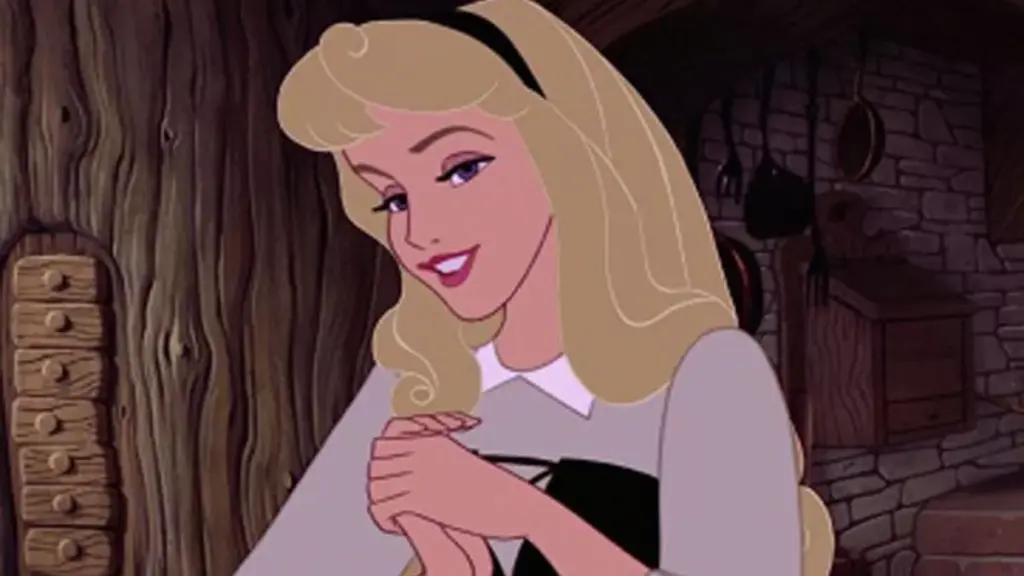
| Name | Hair Length | Hair Color | Featured Film |
|---|---|---|---|
| Snow White | Short | Black | “Snow White and the Seven Dwarfs” (1937) |
| Cinderella | Shoulder-length | Blonde | “Cinderella” (1950) |
| Aurora | Long | Golden | “Sleeping Beauty” (1959) |
| Mulan | Short | Black | “Mulan” (1998) |
| Rapunzel | Long | Blonde | “Tangled” (2010) |
Way back in 1937, Snow White stole the show with her short, sleek black hair and rosy cheeks. She was the first Disney princess and came to us straight out of “Snow White and the Seven Dwarfs” (TouringPlans). Not too long after, Cinderella twirled in with her shoulder-length, initially strawberry blonde hair (which later turned a bright blonde), and those big blue eyes that captivated audiences in the 1950 film “Cinderella” (TouringPlans). And let’s not forget about Mulan in 1998, whose short straight black hair mirrored her fearless journey and charisma (TouringPlans).
Representation of Short Hair in Disney Films
Through the years, Disney started to bring more and more princesses into the scene with shorter hair, moving with the times and celebrating different cultures. Some of our snappiest short-haired heroines include Ariel, Cinderella, Jasmine, Tiana, Belle, Rapunzel, Aurora, Snow White, and the dynamic sisters Anna & Elsa. There’s even a nod to extra characters like Odette (Tumblr).
Rapunzel’s transformation is sure worth a mention: Known for her ridiculously long locks, she chops her hair off at the climax of “Tangled.” That dramatic hair cut is more than just a style change—it marks her freedom and stepping into the next chapter of her life. It’s a hairstyle with a storyline.
And Mulan, well, her bob haircut in the 1998 flick isn’t just a fashion choice; it speaks volumes about her courage and breaking away from traditional gender roles. This short ‘do is all about power and finding herself.

Disney’s been shaking things up with their princesses, introducing characters with hairstyles as varied as the audiences watching them. This fresh take helps show a wide range of beauty and makes the princesses feel more relatable. Dive deeper into their looks by exploring more Disney characters with hairstyles, including those rocking brown hair or nifty features like glasses.
Diversity in Recent Disney Films
Disney’s on a mission to spice things up with inclusivity, and they’re doing it by mixing in a variety of cultures and stories into their films. Here’s a peek at their attempt to be more open-minded and some of the flak they’re getting for sticking too close to old stereotypes in these flicks.
Efforts Toward Inclusivity
Disney’s rolled up its sleeves to pump some diversity into their storytelling. Take Encanto, Turning Red, and Raya and the Last Dragon as clean examples. These movies don’t just serve up a plain tale—they dive right into Colombian, Chinese, and Southeast Asian vibes, pulling these cultural threads straight into the audience’s eye line.
| Movie Title | Main Character | Cultural Background | Release Year |
|---|---|---|---|
| Encanto | Mirabel | Colombian | 2021 |
| Turning Red | Mei Lee | Chinese | 2022 |
| Raya and the Last Dragon | Raya | Southeast Asian | 2021 |
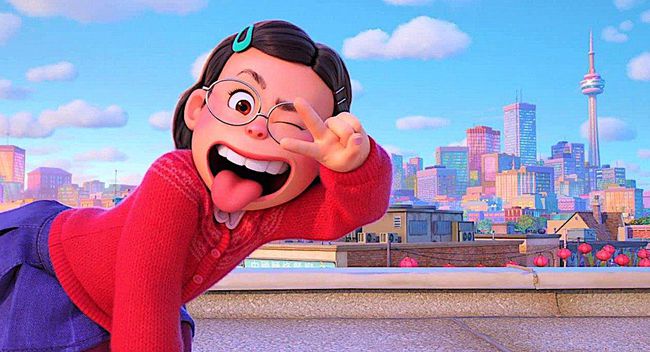
These movies gave audiences a taste of new cultural dishes, outfits, and celebrations, aiming to tip their hat to the real deal: a world filled with diverse influences. Take Encanto, which gives a shoutout to Latin American culture through the story of a magical family chilling out in Colombia (Pacific Ties).
Criticisms of Stereotypical Representations
Not all the coloring outside the lines has gone without a hitch, though. Critics have picked apart these Disney flicks, saying that despite aiming high with inclusivity, they sometimes trip over stereotypes, giving a warped view of the cultures they want to celebrate.
| Criticism | Example Film | Description |
|---|---|---|
| Broad Latin American Lens | Encanto | Failed to differentiate between Latino and Colombian culture |
| One-Dimensional Chinese Characters | Turning Red | Reinforced model minority stereotype |
| Combined Asian Influences | Raya and the Last Dragon | Erased specific ethnic experiences |

In Encanto, the Colombian culture is sometimes tossed into the larger Latino pot—blurring individual features and making way for grumblings that it’s more of a catch-all than a focus (Pacific Ties). Turning Red didn’t escape unscathed either, as it’s accused of painting one-dimensional Chinese immigrant families with a broad-stroke brush, leaning on the ‘model minority’ trope. Then there’s Raya and the Last Dragon, which stirred opinions by blending various Asian vibes, smudging the fine lines between different Southeast Asian and East Asian cultures.
Critics have a point: when mega-brands like Disney use diversity as a selling gimmick, it can feel phony, like they’re just ticking boxes. People worry that these depictions miss the real flavor of those cultures, Pacific Ties.
For more insights on all things Disney, scope out a few clicks here:
- disney characters start with i
- disney characters start with e
- disney characters with beards
- disney characters with curly hair
- disney characters with mental disorders
Queer Representation in Disney Characters
Depicting Friendship over Romance
Lately, Disney’s been shaking things up by diving into solid friendships rather than sticking to the usual love saga. You used to expect prince and princess stories, but movies like Raya and the Last Dragon and Luca focus on good old pals instead. These films ditch the lovey-dovey subplots to let relationships breathe more naturally.

Take Luca for example: Luca and Alberto have a bond that’s not defined by romance, and Giulia, with her sporty vibe and boyish looks, emphasizes that deep connections don’t need to be romantic. This approach gives everyone watching a chance to see a bit of themselves in these characters, regardless of their own identity or experiences.
| Film | Central Relationships | Romantic Subplot |
|---|---|---|
| Raya and the Last Dragon | Raya & Namaari | Nope |
| Luca | Luca & Alberto, Luca & Giulia | Nope |
Exploration of Gender Identity in Characters
Disney’s also starting to explore gender identity in subtle ways through character styles and stories. Characters in Luca and Raya and the Last Dragon provide room for viewers to find bits of themselves in these tales.
So, let’s look at Giulia from Luca. She’s a go-getter who dresses the way she wants, challenging the usual girl stereotypes. This gives queer viewers a chance to connect with her character on a deeper level, touching on gender identity issues.

Even with these baby steps, folks point out that Disney and Pixar still fall short of openly queer characters. Friendships and open-ended relationships allow some to see reflections of themselves, but the call for more unmistakable queer characters is loud and clear.
To explore how different Disney characters bring a splash of diversity and uniqueness, check out these interesting reads: disney characters with blonde hair and disney characters with glasses.
By shining a light on varied friendships and hinting at broader gender expressions, Disney’s nudging towards more inclusive storytelling. However, the cry for clear-cut queer and diverse characters is still resounding, urging Disney to continue evolving its enchanting world.
Cultural Authenticity in Disney Films
Critiques of Cultural Representations
Disney’s adventures in showcasing diverse cultures often walk a tightrope, balancing intent and interpretation. They’ve taken steps towards inclusivity, but sometimes the portrayals of minority communities end up under a spotlight for all the wrong reasons. Take “Encanto,” for instance. It was lauded for its colorful take on Colombian culture but ruffled some feathers by lumping it together under a generic Latin American umbrella, glossing over the tiny nuances that make Colombian culture tick (Pacific Ties).
Meanwhile, “Turning Red” stumbled over stereotypes, turning its Chinese characters into clichés without offering the layers they deserve. “Raya and the Last Dragon” had good intentions, blending a potpourri of Asian influences but ended up muddying the waters regarding individual ethnic identities (Pacific Ties).
| Film | Issues with Cultural Representation |
|---|---|
| Encanto | Blurred Colombian into broad Latin American representation |
| Turning Red | Reduced Chinese characters to stereotypes |
| Raya and the Last Dragon | Mixed Asian influences, potentially overshadowing distinct ethnic identities |
Handling of Sensitive Themes in Disney Movies
The way Disney approaches the serious stuff – racism, colonialism, and discrimination – sometimes ends up as a double-edged sword. Movies like “Zootopia” and “Frozen 2” drummed up the courage to touch these subjects, yet critics argue they only skimmed the surface. “Frozen 2,” for instance, tapped into colonization, but the deep dive into it felt more like a shallow paddle (Never Apart).
The 90s Disney films, “Pocahontas” and “The Hunchback of Notre-Dame,” also had their share of grappling with racism and colonization. Critics back then – and now – would say the portrayal didn’t evolve much, making it seem a bit stuck in time (Never Apart).
Still, you’ve gotta admit Disney is trying to hit the diversity note a little more with its newer works. Films like “Raya and the Last Dragon” and “Luca” are showing characters with standout friendships that open the door to all kinds of relationship interpretations. “Luca” throws in a character like Giulia, who loves a sporty look and a wardrobe with some masculine vibes, encouraging viewers to find themselves in the characters based on gender identity and orientation (Never Apart).
Looking for more on Disney’s cast of characters? Peek at our pieces on disney characters with glasses and disney characters with hats.
| Film | Sensitive Theme | Critiques |
|---|---|---|
| Zootopia | Racism | Light touch on a heavy issue |
| Frozen 2 | Colonialism | Depth of exploration leaving much to wish for |
| Pocahontas | Racism and Colonization | Themes didn’t deepen over time |
| The Hunchback of Notre-Dame | Discrimination and Racism | Little growth in addressing these weighty themes |
Diving into Disney’s swings at cultural authenticity and handling delicate issues, viewers can better sense the juggling act involved in capturing the essence of diverse worlds. Want to see a broader range of Disney magic? Check out our sections on disney characters start with i and disney characters with black hair.

